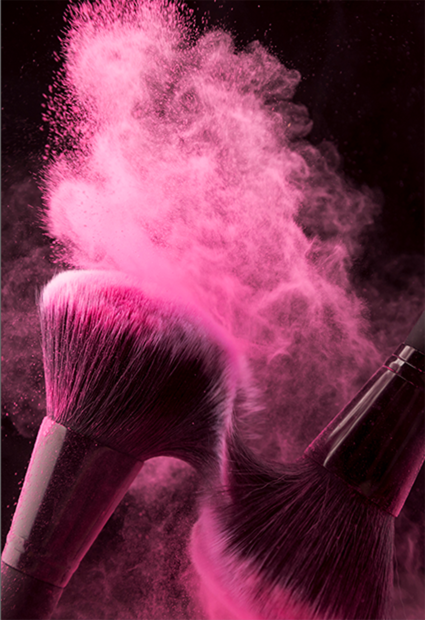Understanding the Composition and Uses of Mica Powder in Various Applications
What Is Mica Powder Made Out Of?
Mica powder is a versatile and widely-used mineral powder that finds application in various industries, such as cosmetics, arts and crafts, and construction. It is celebrated for its shimmering, reflective properties, making it a popular choice for products ranging from makeup to paints and coatings. But what exactly is mica powder made of, and how is it processed to attain its unique characteristics?
The Composition of Mica
Mica is a natural mineral that belongs to a group of silicate minerals. It is composed primarily of aluminum silicate, combined with other elements such as potassium, iron, and magnesium. Mica typically exists in two common forms muscovite (white mica) and phlogopite (brown mica). Muscovite is known for its pearly sheen and versatility, while phlogopite provides a darker hue and enhanced thermal stability.
Mica’s crystalline structure allows it to be easily split into thin sheets, making it a unique mineral. These sheets can be ground down into fine mica powder, which exhibits the characteristic shimmer and brilliance due to its layered structure. The purity and color of the mica directly impact the quality of the powder, leading to the emergence of various grades for different applications.
The Process of Making Mica Powder
The production of mica powder involves several steps, from mining to milling. The journey begins with the extraction of mica from mineral deposits, which often occurs in regions rich in igneous and metamorphic rocks. Once the mica is mined, it is washed and crushed to separate it from impurities such as quartz or feldspar.
what is mica powder made out of

After washing, the crushed mica is subjected to a process known as screening, where larger particles are removed, and the finer particles are separated. The aim is to obtain a uniform particle size, which is crucial for the final product's performance.
Following screening, the mica undergoes milling, where it is ground into a fine powder. The milling process not only creates the desired particle size but also enhances the powder's reflective and color properties. Depending on the intended application, mica powder can be treated or coated to achieve specific effects, such as improved dispersion in liquid products or enhanced adherence in powders.
Varieties of Mica Powder
Mica powder comes in various forms, often categorized by color and particle size. Natural mica powder retains the mineral's original hues, while synthetic mica is manufactured in industrial processes, allowing for specific color customization. Moreover, there are also iridescent and pearlescent micas that produce brilliant light effects when used in cosmetics and art supplies.
The particle size of mica powder can greatly influence its applications. Larger particles tend to reflect light more aggressively, making them ideal for artistic applications, whereas smaller particles offer a finer finish that is more suitable for cosmetic products.
Conclusion
Mica powder is made from a natural silicate mineral that undergoes a comprehensive process of extraction, screening, and milling to achieve its final form. With its shimmering quality and versatility, mica powder serves as a valuable ingredient across various industries. From enhancing the visual appeal of cosmetics to improving the performance of paints and coatings, mica powder is more than just a mineral; it's a vital component that combines nature's beauty with human creativity. As the demand for high-quality mica powder continues to grow, understanding its composition and processing becomes increasingly important for those in the industries that rely on this remarkable mineral.
-
Transforming Surfaces with Mica-Enhanced Paints in Coatings and DecorationNewsJul.02,2025
-
The Ultimate Guide to Mica-Based Luminous Colors with Pearlescent PigmentNewsJul.02,2025
-
The Critical Role of Mica in Industrial Applications in Welding and Oil FieldsNewsJul.02,2025
-
Revolutionizing Automotive Aesthetics with Modified Plastics Pearlescent PigmentsNewsJul.02,2025
-
The Secret with Mica Powder for Cosmetics Behind Radiant, Natural MakeupNewsJul.02,2025
-
Enhancing Performance in Polymer Applications with Mica Powder for RubberNewsJul.02,2025
Products categories









